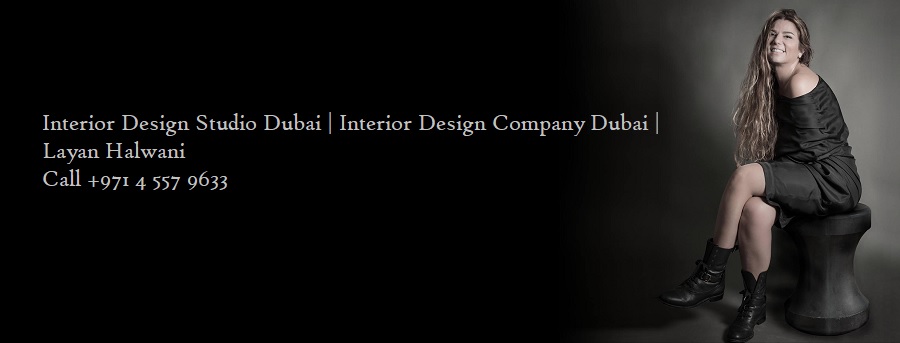Nostalgic Charm: DIY Retro Interior Décor Ideas for a Timeless Home
For people who value the ageless charm of the past, vintage interior décor radiates a certain something special. You may create a nostalgic, elegant sanctuary in your living room without breaking the bank. This post offers a carefully chosen selection of do-it-yourself retro interior décor ideas that will give your house personality, cosiness, and a hint of the past.

Revival of Upcycled Furniture: Returning to the Classics
Finished with distress
Try exploring distressed treatments to breathe fresh life into worn-out furniture. Distress, paint, and sand wooden items to get the desired old-world patina. A distressed finish gives character and a feeling of antiquity to any piece of furniture, be it a dresser, coffee table, or chair.
Magic of Decoupage
You may add a touch of antique appeal to commonplace furniture pieces by using decoupage. Using a decoupage technique, apply paper or fabric with a vintage motif to various surfaces. What was the outcome? a unique item that becomes the centre of attention right away in your décor with a vintage feel and tells a tale.
Wall Art with An Antique Feel: Crafting Timeless Beauty
Antique Prints and Maps
Find old maps or prints, then transform them into eye-catching wall décor. Put them in elaborate, retro-style frames, or make a gallery wall that takes your room to a different period. This do-it-yourself project is sure to spark conversation since it combines history with style.
Textile Wall Décor
Be it inherited or found at a thrift store, vintage textiles may be transformed into adorable wall hangings. Make a patchwork arrangement or frame huge pieces of old cloth. This do-it-yourself makeover gives your walls some texture and memories.
Traditional Fabrics and Plush Accents: Comforting Memories
Handmade Pillows with a Vintage Feel
Sew or upcycle cloth to create throw pillows with a retro vibe. For a warm, worn-in look, look for textiles with traditional designs or upcycle antique quilts. These do-it-yourself cushions add classic beauty to your living area with ease.
Linens with Lace Trim
Add lace trim to basic linens to turn them into antique wonders. The delicate touch of lace invokes nostalgia, whether it’s on tablecloths, curtains, or napkins. This easy do-it-yourself technique gives commonplace objects a touch of antique style.
Vintage Lighting Fixtures: Bringing the Past to Life
Mason Jar Lighting
Use mason jars to create a homemade chandelier for a rustic yet retro aesthetic. To produce a lovely, warm illumination reminiscent of bygone ages, fill the jars with Edison bulbs or fairy lights. This unusual lighting fixture becomes the centre of attention, infusing your room with a retro feel.
Old Lampshade Restoration
Repurpose existing lampshades by adding lace or fabric with a vintage feel. The makeover is astounding, transforming worn-out lampshades into eye-catching pieces that softly and romantically disperse light.
Antique-Style Shelves for Displaying Treasures
Reclaimed Wood Racks
Build your own DIY display shelves out of distressed or reclaimed wood. Place them on your walls to display antiques, used books, or sentimental items. These shelves serve as useful storage and present your love of the past in a well-curated way.
Antique Case Storage
Convert old suitcases into chic storage options. You may stack them to make interesting nightstands or side tables. The suitcases’ worn exteriors offer useful storage space in addition to adding a genuine touch to your décor.
DIY vintage interior decor projects allow you to infuse your living space with the timeless elegance of the past. From upcycled furniture and antique-inspired wall art to classic textiles, retro lighting fixtures, and antique-style display shelves, these projects let you create a home that tells a story. Embrace the charm of yesteryear with these accessible and imaginative DIY projects that celebrate the beauty of vintage decor.
The post DIY Vintage Interior Decor Projects appeared first on Layan Halwani.
from Layan Halwani https://www.layanhalwani.com/diy-vintage-interior-decor-projects/




